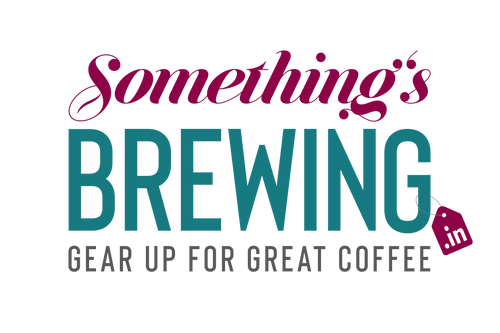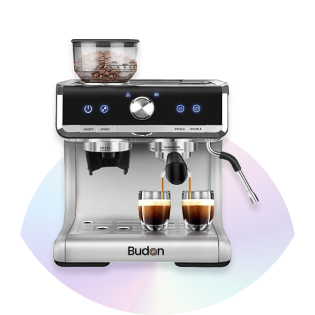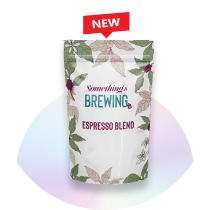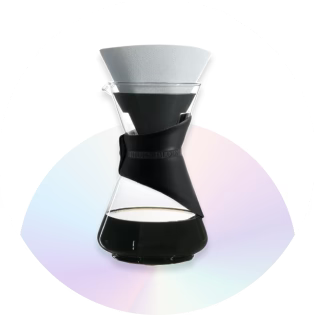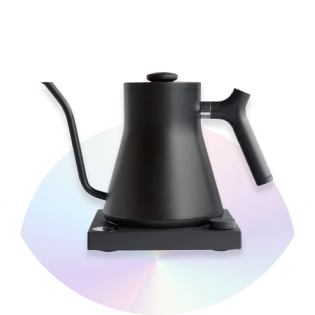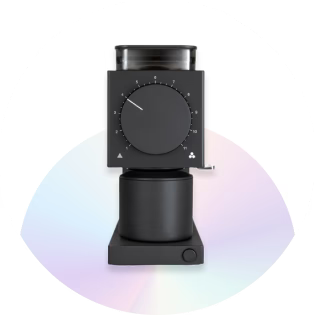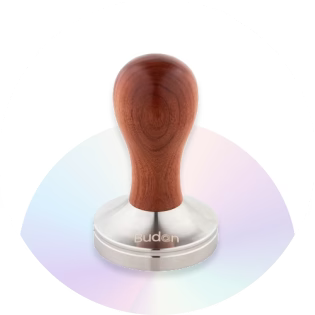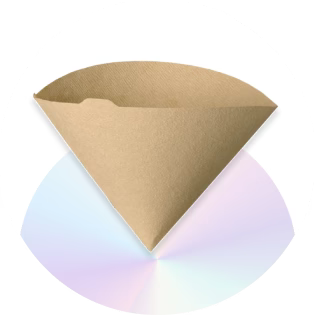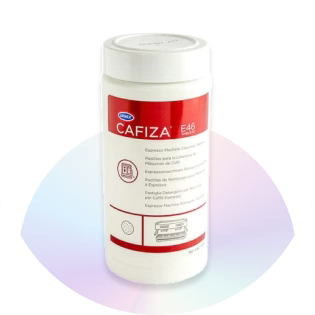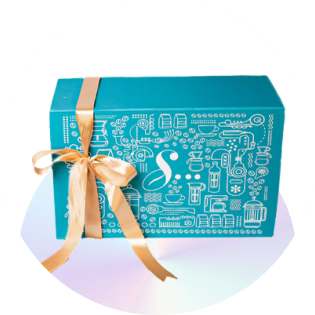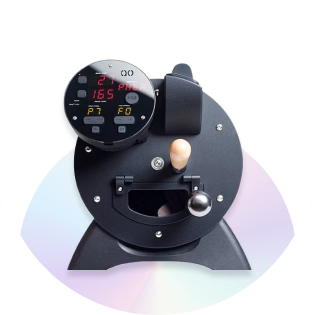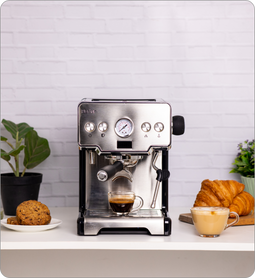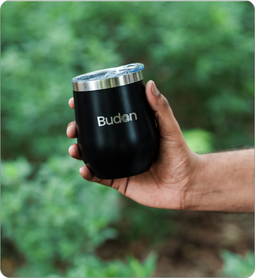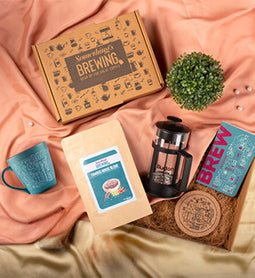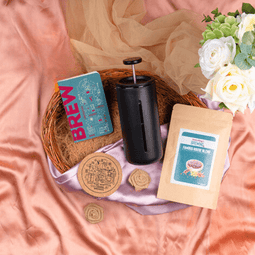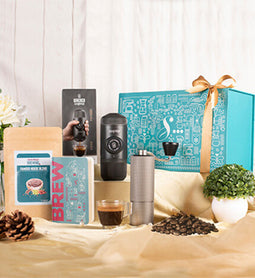We like to think of coffee as a mix of alchemy and skill. Brewing a cup is about the quiet hum of churning grinders, the clinking of beans being sorted into tins, steam whistling out of kettles and warm cups of coffee being poured into mugs. It’s also about understanding the variables, temperatures, ingredients and blends.
With a little bit of patience, some magic and these helpful guidelines, you can learn the basics of brewing some liquid gold right in your kitchen.
In the bean
It might be time for you to bid goodbye to instant coffee mixes from the grocery store. Investing in whole bean, speciality coffee from your local roaster can make all the difference. Roasts that aren’t on extreme ends of the spectrum (too dark or too light) are easier to brew and balance for beginners.
Keep it fresh
While roasted coffee is relatively shelf stable, a general rule of thumb is to always use fresh beans. The time frame varies on the bean, but buying smaller batches of coffee and consuming it within 21 days of the roast date will give you the best flavour profiles.
Oxygen is a natural enemy of the bean, so keep the coffee sealed in airtight jars.
Grind size
This is key in controlling the extraction process. The finer your grounds, the easier it will be for water to extract the flavours. This is why faster-brewing methods like espresso require a very fine grind, unlike the slower processes of a French Press.
Keep a burr grinder handy, which are infinitely more accurate than blade grinders and can be adjusted according to your preferences.
Invest in a scale
The devil is often in the details, and you might be surprised at the precision a scale can bring to your cuppa. Different coffees and blends can have differences between densities and sizes, so one tablespoon of a coffee might actually weigh significantly more than another. Using a scale lets you measure by weight (not volume) which ensures that you always know exactly what is going in your cup.
Let’s talk water
We were serious when we called brewing a science. The hotter the water, the faster the coffee is extracted. Boiling water should never be used as you could end up burning your coffee, look for a temperature just off the boil. (90-94°C) Any colder and your coffee could taste weak, any hotter and it may be bitter.
Ratio matters
Espresso usually has a ratio of 1:1 to 1:3 coffee to water, the former tending to be a ristretto and latter a lungo. While manual brewing methods could range anywhere between 1:10 to 1:15 ratio. are nearer to 1:11.
Avoid cheap filters
Be on the lookout for oxygen bleached or dioxin-free paper filters. Bamboo filters can sometimes add an unpleasant taste when hot water is added. Reusable metal or cloth filters are also a handy option, which might be better suited if you prefer a full-bodied cup of coffee.
Ultimately, no one parameter decides how your coffee will taste. Rather, it’s a unison of several variables. It’s like we always say at Kaapi: have fun with it! Experiment with different flavours and techniques to brew a cup that is as unique as you are.




